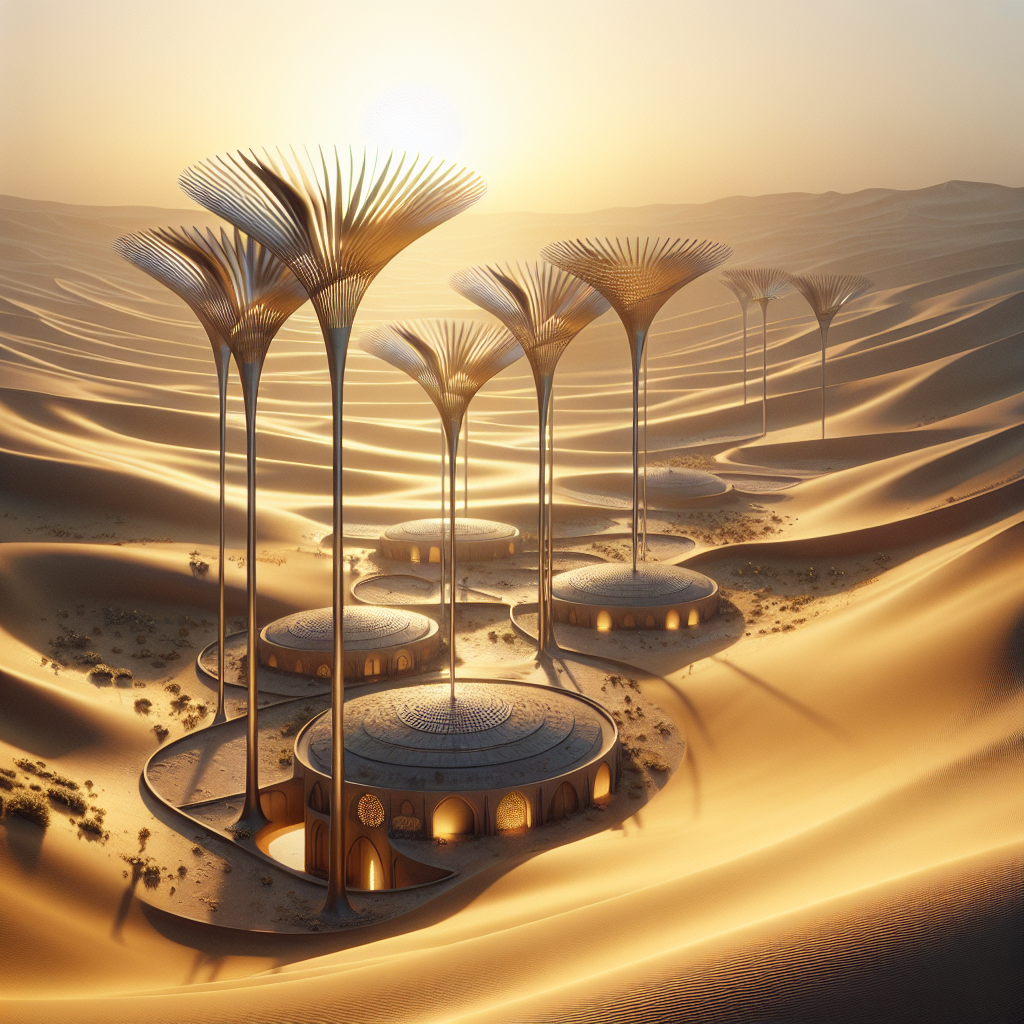Zero-Waste Masterpieces: How Architects are Designing for a Circular Economy

Introduction
With the growing concern for sustainability, architects are taking the lead in designing innovative structures that prioritize a circular economy. The focus is on eliminating waste and repurposing materials, creating zero-waste masterpieces that offer a glimpse into a more sustainable future.
Upcycle Studios, Copenhagen
Upcycle Studios in Copenhagen is a striking example of zero-waste architecture. Designed by Lendager Group, the project transformed 60 shipping containers into 21 modern apartments, all built from upcycled and repurposed materials. The building features a green roof, a rainwater harvesting system, and a communal garden, contributing to its impressive sustainability credentials.
R-House, Syracuse
Designed by Della Valle Bernheimer, the R-House in Syracuse is an innovative modular home that can be easily disassembled and rebuilt in a new location, making it ideal for those who value mobility and adaptability. The house is constructed from prefabricated panels made from sustainably sourced wood, and includes features such as a green roof, a rainwater harvesting system, and a solar panel array.
The Potential of Zero-Waste Architecture
These projects showcase the incredible potential of zero-waste architecture to create beautiful, sustainable buildings that benefit both people and the planet. By embracing circular design principles, architects can create structures that are not only efficient and functional but also aesthetically pleasing and inspiring.
Transforming Abandoned Buildings into Vibrant Community Spaces
Another way architects are designing for a circular economy is by transforming abandoned buildings into vibrant community spaces. This approach not only repurposes existing materials but also revitalizes neighborhoods and brings people together.
Designing Modular Structures for Flexibility
Modular structures that can be disassembled and reused are another way architects are designing for a circular economy. These structures can be easily adapted to changing needs, reducing waste and increasing efficiency.
Embracing Sustainable Materials and Features
Finally, sustainable materials and features such as green roofs, rainwater harvesting systems, and solar panels are becoming increasingly popular in sustainable design. By using these features, architects can create buildings that are both energy-efficient and environmentally friendly.
Conclusion
In conclusion, architects are playing a crucial role in designing for a circular economy by creating zero-waste masterpieces that prioritize sustainability. With the use of innovative designs, repurposed materials, and sustainable features, architects are creating structures that are not only functional but also beautiful and inspiring.





